Halloween. A time when the banal and the macabre, the vulgar and the transcendent, the ordinary and the supernatural intermingled in the gaudiest of public displays. It is a celebration of the uncanny, a night where we wear masks to disguise our fear of death, of the unknown. Yet beneath the plastic masks, insipid costumes, and shallow revelries, there lies a potent echo of something far older, far darker—the vestiges of a primordial fear, a cultural reckoning with the inevitability of death itself. One must search beneath the surface to find the true spirit of the season, for the truly discerning taste does not satiate itself on the profane carnival of mass entertainment. Instead, it craves the sublime—the works that, much like a classical tragedy, unsettle the mind and stir the very depths of the soul. So, let us leave behind the garish trappings of the modern age and journey instead into a selection of media that evoke the grand, the terrifying, and the profound.
Films
These films are subtle orchestrations of fear, evoking not the superficial terrors of jump-scares, but the deeper, more cerebral kind—an existential dread that gnaws at the soul. Their artistry lies in restraint, their horror in what they leave unsaid. To watch them is not merely to be frightened, but to be unsettled in a way that lingers long after the credits roll.
Hour of the Wolf (1968) dir. Ingmar Bergman
A foray into the labyrinthine corridors of madness, Hour of the Wolf offers no easy answers. It is a film about the dissolution of the self, the delicate thread that separates sanity from insanity. The horrors Bergman explores are not external—no ghosts or demons—but internal, of the psyche unmoored.
Kuroneko (1968) dir. Kaneto Shindo
An ethereal piece of cinema, Kuroneko is as much a meditation on vengeance as it is a ghost story. Its horror lies not in the spirits that haunt the living, but in the quiet rage of those wronged, whose very souls have been consumed by their desire for retribution. Shindo paints with shadows, creating a world where the line between the living and the dead is as insubstantial as a breath of wind.
Onibaba (1964) dir. Kaneto Shindo
In this brutal, haunting tale, the horror is found not in some supernatural force, but in the basest instincts of human nature. Against the backdrop of war, Onibaba strips away the pretenses of civilization, revealing the savage undercurrent that runs beneath all human interaction. The mask, both literal and metaphorical, becomes a vehicle for exploring the horrors of identity, power, and survival.
The Changeling (1980) dir. Peter Medak
A ghost story that transcends the genre's trappings, The Changeling evokes a sense of profound, lingering sorrow. The protagonist is not merely haunted by spirits but by grief itself. It is a film about loss, about the inescapable weight of the past, and the ghosts—both real and imagined—that we carry with us.
The Reflecting Skin (1990) dir. Philip Ridley
A film where the American heartland becomes a surreal, nightmarish landscape. Childhood innocence is corrupted not by the supernatural, but by the insidiousness of adult fears and desires. It is a haunting exploration of death, repression, and the inevitable loss of innocence, with imagery so striking it burns itself into your memory.
Let’s Scare Jessica to Death (1971) dir. John Hancock
In this atmospheric masterpiece, the horror is not found in what is seen, but in what is felt. As Jessica’s fragile psyche unravels, the viewer is left adrift in a sea of uncertainty. The true terror lies in the ambiguity—is it all in her head, or is there something darker, more malevolent, at work? Like the best gothic fiction, it offers no easy answers.
Kwaidan (1964) dir. Masaki Kobayashi
A collection of ghost stories rendered in exquisite, painterly detail, Kwaidan is a meditation on the ephemeral nature of life and the inevitable intrusion of death. The film’s beauty is as haunting as its subject matter; each frame is a carefully constructed tableau that evokes not just fear, but a kind of melancholic reverence for the unknown.
Literature
The stories that follow are explorations of the darkest recesses of the human mind. Their horrors are psychological and metaphysical. They offer no comfort, no resolution—only a lingering sense of unease, a quiet suggestion that perhaps the true monsters lie within us, rather than without.
The Elementals (1981)
Written by: Michael McDowell
Here is a Southern Gothic tale that eschews the melodrama of its more popular contemporaries, instead offering a slow, relentless build of dread. The horror comes not from the external threat of the supernatural, but from the decay of familial bonds, the oppressive heat and desolation of the setting, and the unsettling realization that the past is never truly buried.
“It's not what you look at that matters, it's what you see.”
The House Next Door (1978)
Written by: Anne Rivers Siddons
An understated masterpiece, this novel offers horror in the most unexpected place: a modern suburban neighborhood. The house itself becomes a malevolent force, an embodiment of the destruction wrought by perfection, beauty, and ambition. Siddons’ prose, elegant and measured, gradually reveals the darkness beneath the surface of normality.
"I'm glad neither of us is here during the day. You'd probably go berserk and axe-murder the entire crew."
The Other (1971)
Written by: Thomas Tryon
Set in a bucolic rural landscape, The Other delves into the twisted psychology of childhood. The narrative unfolds like a nightmare, where innocence and evil intertwine. Tryon’s subtle handling of duality and identity turns this story into something far more unsettling than a mere tale of good versus evil.
“But we shook hands", I told her fiercely. "He forgave me - I know he did."
"It's easy for the dead to forgive", she said, equally fierce. "But it's the living you've got to ask it of.”
Ghost Story (1979)
Written by: Peter Straub
Straub's novel stands apart from typical ghost stories by grounding its horror in the weight of guilt, memory, and the passage of time. The titular ghosts are not so much the spirits of the dead, but the memories that haunt the living, the past deeds that refuse to remain buried. It is a tale as much about human frailty as it is about the supernatural.
“You know how when a woman gets angry, really angry, she can reach way back into herself and find rage enough to blow any man to pieces.”
Hell House (1971)
Written by: Richard Matheson
Matheson’s novel, while not as widely known as his contemporaries, offers a brutal, visceral experience of haunted house horror. Hell House does not deal in subtleties—its horrors are direct, savage, and all the more terrifying for their immediacy. Yet beneath the blood and terror lies a deeper meditation on belief, guilt, and the nature of evil.
“His teeth are those of a carnivore. When he bares them in a smile, it gives one the impression of an animal snarling. His face is white, for he despises the sun, eschews the out-of-doors. He has astonishingly green eyes, which seem to possess an inner light of their own. His forehead is broad, his hair and short-trimmed beard jet black. Despite his handsomeness, his is a frightening visage, the face of some demon who has taken on a human aspect.”
The Fisherman (2016)
Written by: John Langan
A contemporary gem of cosmic horror, The Fisherman explores the depths of grief, memory, and the unknown. Langan’s prose is rich and dense with allusions to folklore and myth, and the horror it evokes is not one of shock, but of gradual, creeping dread. This is a novel for those who seek not the comfort of resolution, but the unsettling ambiguity of the abyss.
“You can make an oyster surrender its pearl,” Clara says. “All you need is persistence and a sharp enough knife.”
Music
The auditory realm is as essential to evoking fear as the visual or the textual. These compositions draw from the spectral, the melancholic, and the sublime, transforming sound into a medium of terror.
Danse Macabre (1874)
Composed by: Camille Saint-Saëns
This symphonic poem conjures images of Death playing his fiddle, leading the dead in a dance that unites all classes, and all fates. It is a piece that elegantly captures the theme of Halloween: the leveling power of death.
Danse Macabre (1874) YouTube URL
Symphonie Fantastique (1830)
Composed by: Hector Berlioz
Berlioz’s masterpiece explores the delirium of a love-obsessed artist, culminating in a "Witches’ Sabbath." It is a haunting meditation on madness, desire, and the descent into the grotesque.
Symphonie Fantastique (1830) YouTube URL
Night on Bald Mountain (1867)
Composed by: Modest Mussorgsky
This orchestral piece evokes a pagan ritual on St. John’s Eve, where spirits and demons cavort under the night sky. Mussorgsky’s composition is as frantic and wild as the forces it seeks to represent.
Night on Bald Mountain (1867) YouTube URL
Requiem (1791)
Composed by: Wolfgang Amadeus Mozart
There is perhaps no piece more fitting for Halloween than Mozart’s Requiem. Written as the composer faced his own mortality, it is a meditation on death that transcends terror, reflecting the inexorable march toward the end we all must face.
Threnody for the Victims of Hiroshima (1960)
Composed by: Krzysztof Penderecki
This avant-garde composition is not for the faint of heart. The dissonant strings and chaotic structure evoke the unimaginable horror of nuclear devastation. There are no melodies here, no comforting resolutions—just the raw, unfiltered expression of terror and grief. It is a reminder that the darkest aspects of humanity are not supernatural, but all too real.
Threnody for the Victims of Hiroshima (1960) YouTube URL
Lyke-Wake Dirge (traditional)
A haunting English folk song, the Lyke-Wake Dirge is a journey through the afterlife, where the dead soul must face the consequences of its actions in life. Its stark, repetitive structure reflects the grim inevitability of death, offering no comfort but rather a solemn reminder of mortality. There is something timeless and chilling about its simplicity.
Verklärte Nacht (1899)
Composed by: Arnold Schoenberg
Though not traditionally considered a “horror” piece, Schoenberg’s Verklärte Nacht captures the emotional turbulence of guilt and redemption. The shifting tonalities and tense harmonies suggest an almost ghostly presence, lingering at the edges of the music. It is a work that evokes the inescapable weight of the past, a fitting companion to the psychological landscapes of true horror.
Verklärte Nacht (1899) YouTube URL
Metamorphosis II (1988)
Composed by: Philip Glass
Glass’s minimalist composition repeats and evolves with a hypnotic, almost maddening intensity. Its rhythmic cycles evoke a sense of existential dread—of being trapped in a loop with no escape. The sparse piano notes create a haunting atmosphere, one that speaks to the emptiness and futility often at the heart of true horror.
Metamorphosis II (1988) YouTube URL
Dies Irae (13th century, Gregorian chant)
This ancient chant, sung during Catholic requiem masses, is a meditation on the Day of Judgment—the moment when all souls are weighed, and the damned are cast into eternal torment. The simple, unadorned melody is both beautiful and terrifying in its inevitability. It is music that speaks to the very heart of human fear: the unknown fate that awaits us all.
The Isle of the Dead (1909)
Composed by: Sergei Rachmaninoff
Inspired by a painting of the same name, Rachmaninoff’s tone poem is a journey across the river Styx, where the living meets the dead. The ominous, swelling orchestration evokes the inevitability of death, the slow but steady approach toward the underworld. There is a profound melancholy here, a realization that no matter how we struggle, the destination remains the same.
The Isle of the Dead (1909) YouTube URL
Górecki’s Symphony No. 3 (1976)
Composed by: Henryk Górecki
Often subtitled The Symphony of Sorrowful Songs, Górecki’s third symphony is a deeply mournful meditation on suffering and loss. Its slow, deliberate progression creates an atmosphere of quiet devastation. Though not horror in the traditional sense, it captures the emotional and spiritual weight of grief in a way that is profoundly unsettling.

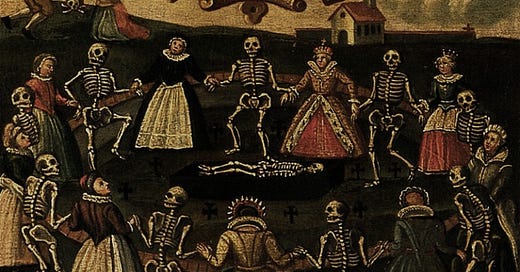


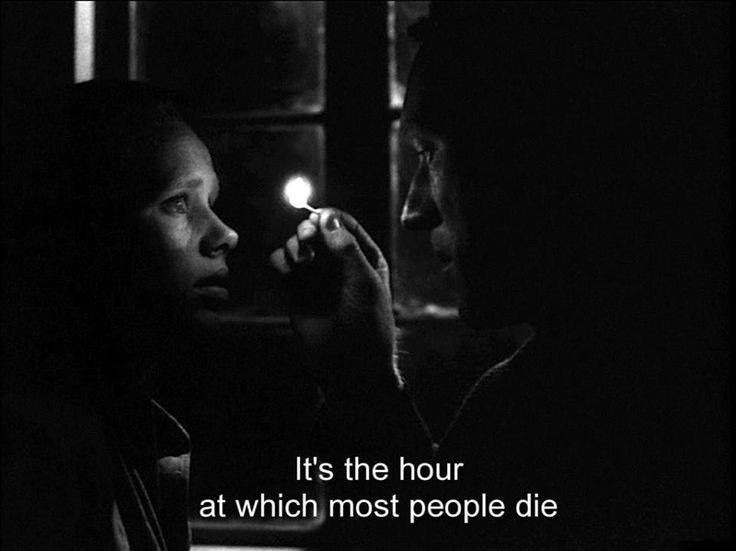
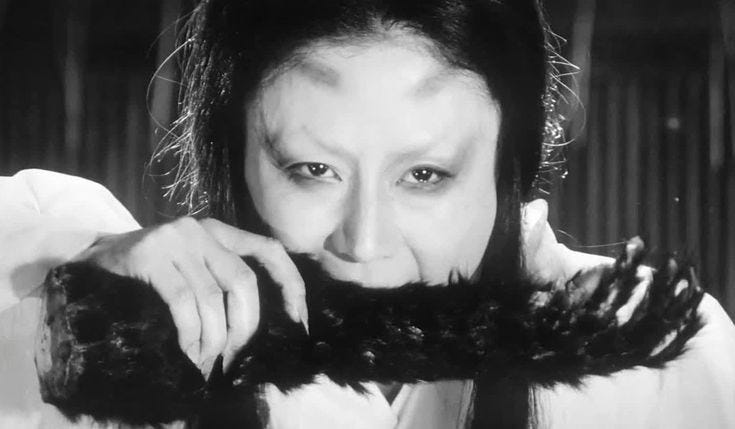
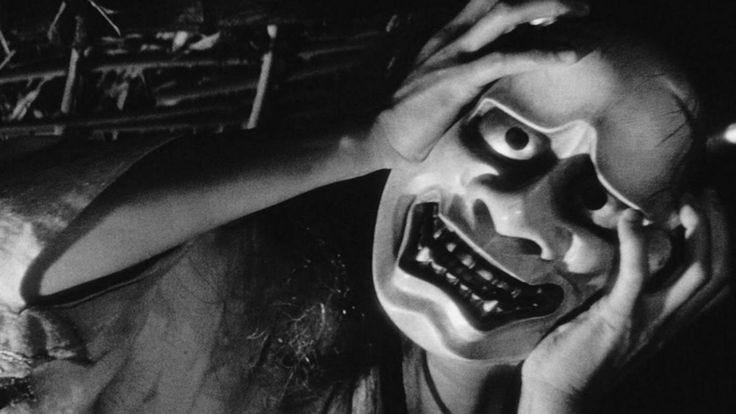
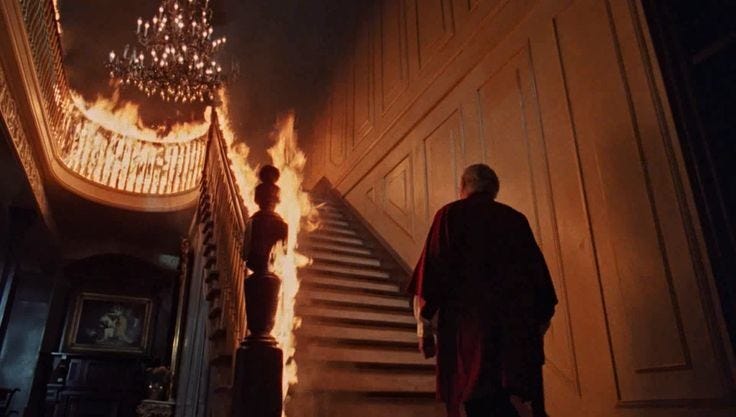
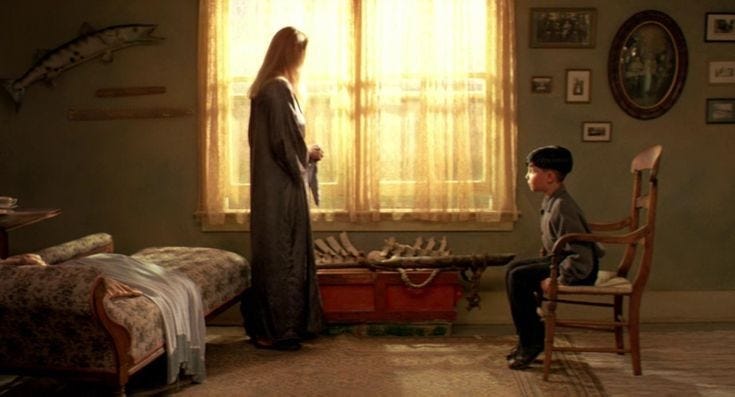
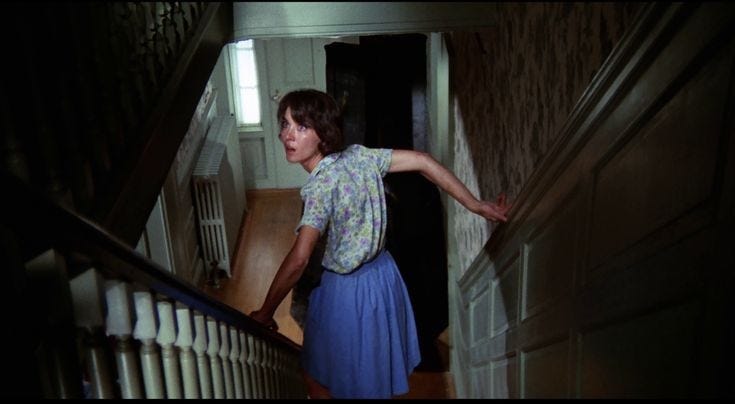
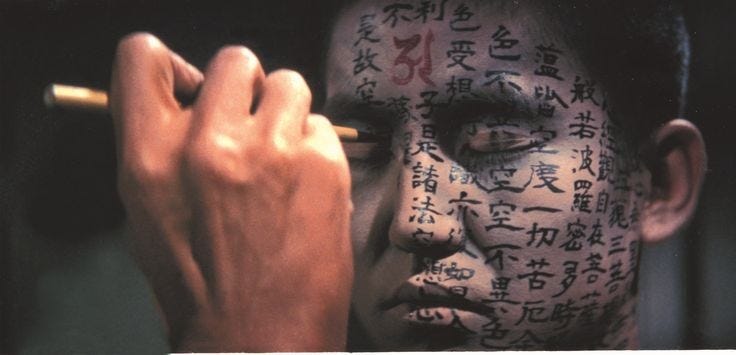
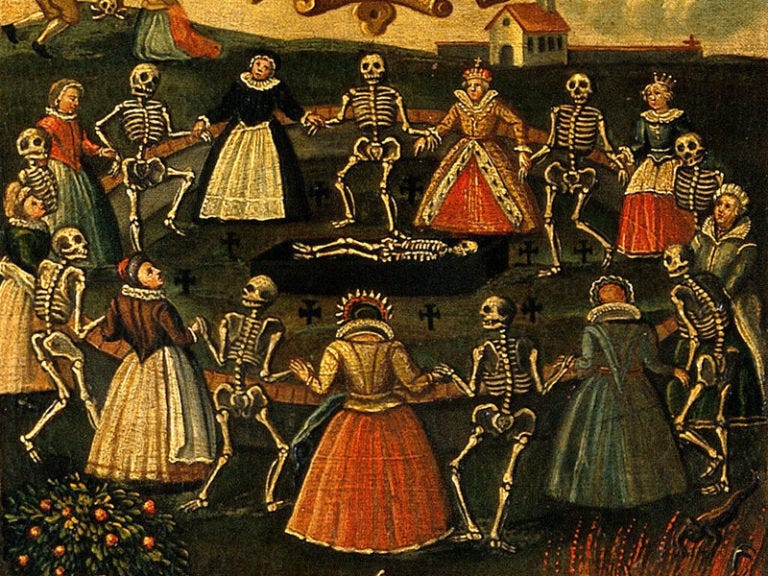
What a scrumptious list of ideas. Thanks for the inspiration!